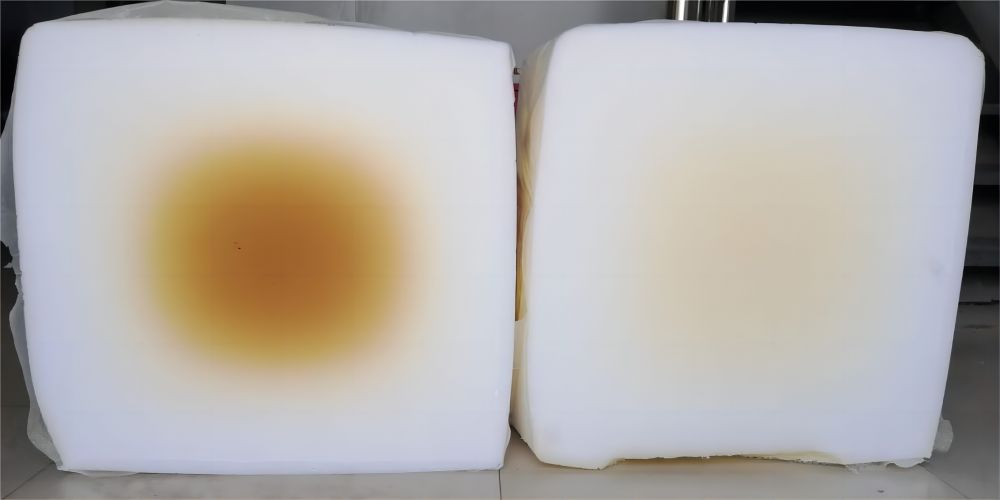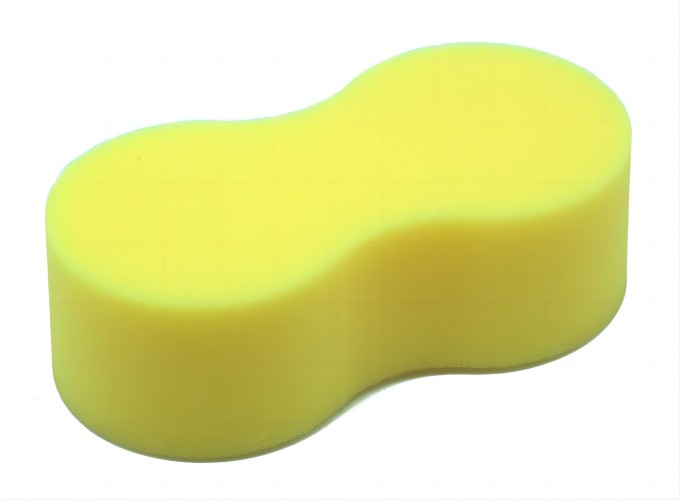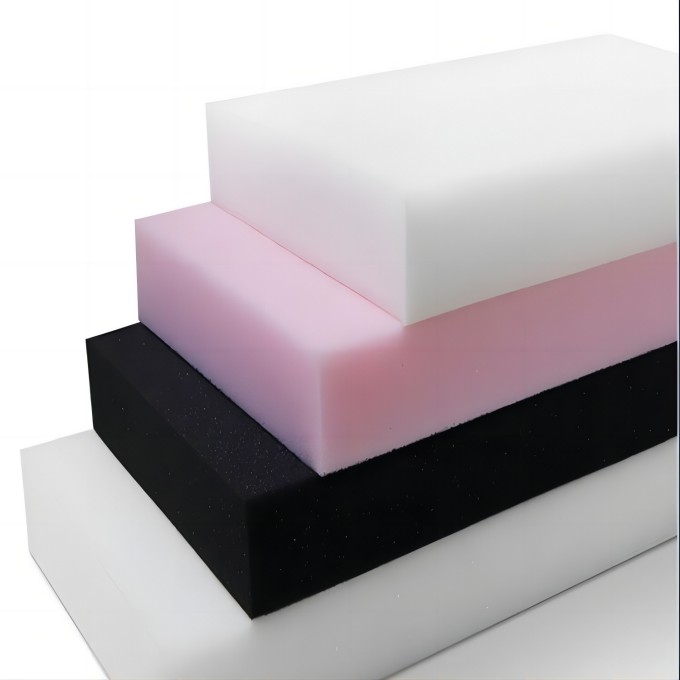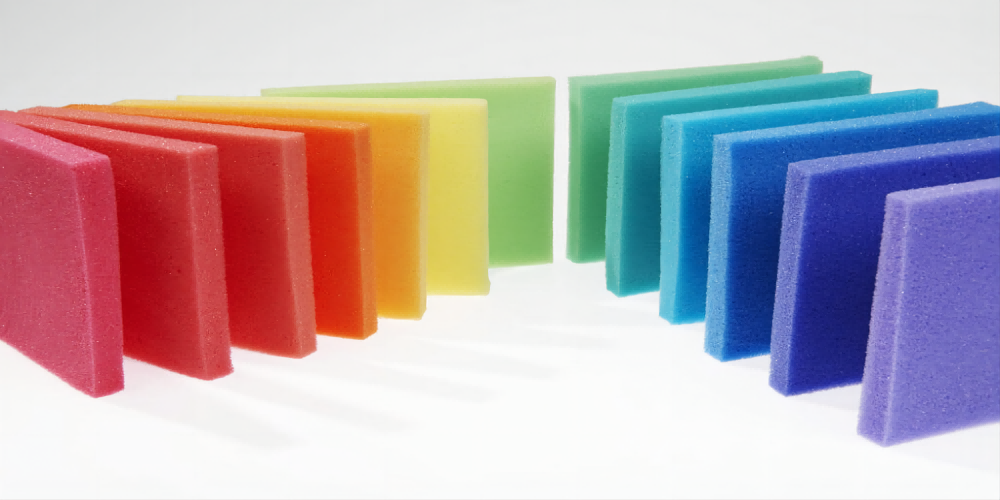
Causes and solutions of yellowing of polyurethane sponge
The yellowing of polyurethane sponge has always been a problem that plagues sponge manufacturers and polyol manufacturers. Many sponge manufacturers, especially some high-end sponge manufacturers, have tried to improve the anti-yellowing performance of sponge by adding antioxidants and light stabilizers, but the results are not significant. In this article, we will analyze the causes of yellowing of sponge systematically based on the upstream and downstream characteristics of polyol and sponge production, and elaborate the corresponding solutions.
In general, from the perspective of additives, the yellowing of sponge includes the following four types:
1. During sponge foaming/processing, the yellowing of thermal and oxidative aging caused by high temperature;
2. Yellowing caused by exposure to nitrogen oxides (NOx) in the air;
3. Fabric contamination caused by sponge;
4. Yellowing caused by sponge contact with ultraviolet rays.
These yellowing changes are often related to antioxidants directly.
Normally, polyol manufacturers will add a certain amount of antioxidants to the polyol, which can inhibit the aging and degradation of the polymer due to the high temperature generated by the foaming itself, which not only ensures the safe production of the sponge foaming process, but also prevents the yellowing of the core during the sponge foaming process effectively. However, as the foaming of the sponge is completed, the antioxidants remaining in the sponge are prone to cause yellowing problems in sponge.

Our recommended sponge anti-yellowing solutions are:
1) Choose high-performance polyether polyol that does not contain BHT and amine antioxidants;
2) If you want to improve the yellowing resistance further, you need to do the following during the foaming process:
Improve the ability of the sponge to resist yellowing under hot pressure;
At the same time, improve the ability of the sponge to resist UV yellowing after hot pressing molding.
Qichen specializes in the production of high-performance polyether polyol to meet the needs of many sponge manufacturers recent years.





